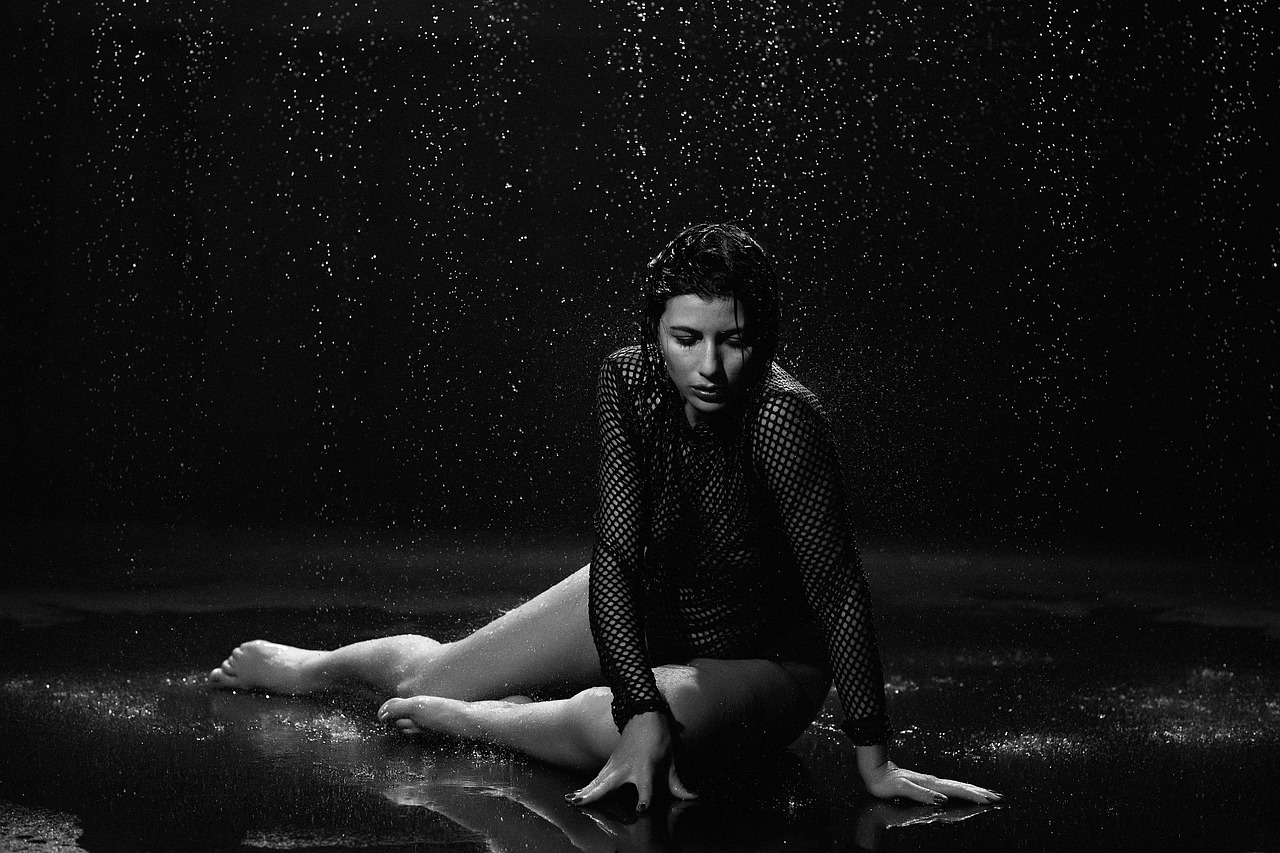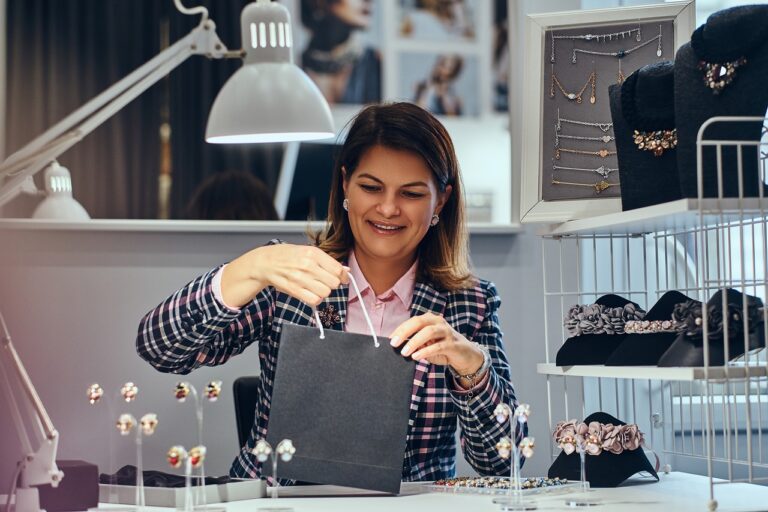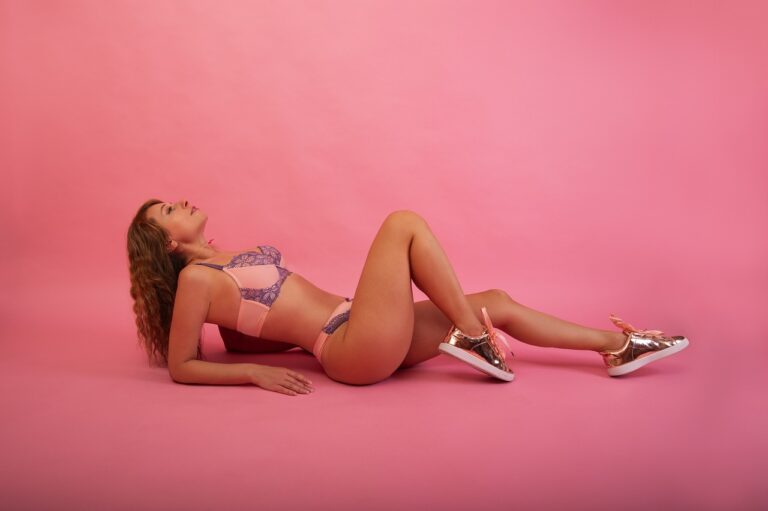Fashion and the Future of Virtual Reality Shopping
Virtual Reality technology has revolutionized the way consumers interact with fashion retail. By immersing shoppers in a virtual environment, brands can provide a unique and engaging shopping experience like never before. Customers can virtually try on clothes, experiment with different styles, and visualize how an outfit would look on them without physically trying it on.
Furthermore, Virtual Reality in fashion retail has the potential to bridge the gap between online and in-store shopping. With the convenience of shopping from home combined with the interactivity of a physical store, customers can enjoy the best of both worlds. This innovative technology not only enhances the customer experience but also allows brands to stay ahead of the curve in a rapidly evolving industry.
• Virtual Reality technology allows consumers to virtually try on clothes and experiment with different styles
• Customers can visualize how an outfit would look on them without physically trying it on
• VR in fashion retail bridges the gap between online and in-store shopping
• Combining the convenience of shopping from home with the interactivity of a physical store
• Enhances customer experience and helps brands stay ahead in a rapidly evolving industry
The Rise of Virtual Reality Shopping Experiences
Virtual reality shopping experiences are revolutionizing the way consumers interact with brands and products. By immersing shoppers in a virtual environment, retailers can offer a more interactive and engaging shopping experience. Customers can browse through virtual stores, try on clothing virtually, and even see how different items look in various settings, all from the comfort of their own home.
This innovative technology not only enhances the overall shopping experience but also increases customer engagement. By leveraging virtual reality, retailers can create personalized shopping experiences tailored to each individual’s preferences. This level of customization not only fosters a stronger connection between customers and brands but also helps drive sales by making the shopping process more enjoyable and convenient.
Enhancing Customer Engagement Through Virtual Reality in Fashion
Virtual reality (VR) technology is revolutionizing the way consumers engage with fashion retail experiences. With the immersive nature of VR, customers can now virtually browse through clothing collections, mix and match different styles, and even visualize how the garments will look on them without stepping foot into a physical store. This level of interactivity not only enhances the overall shopping experience but also allows customers to make more informed purchasing decisions.
Furthermore, the use of VR in fashion retail enables brands to create personalized and interactive campaigns that resonate with their target audience on a deeper level. By offering virtual fashion shows, fitting rooms, or even virtual shopping events, companies can forge stronger connections with customers and build brand loyalty. The ability to engage with products in a virtual environment not only drives sales but also increases customer satisfaction by providing a unique and memorable shopping experience.
How can virtual reality technology enhance the customer experience in the fashion industry?
Virtual reality technology allows customers to immerse themselves in a virtual shopping experience, trying on clothes and accessories from the comfort of their own homes. This level of engagement can increase customer satisfaction and drive sales.
What are some examples of virtual reality shopping experiences in the fashion industry?
Some examples of virtual reality shopping experiences in the fashion industry include virtual fitting rooms, virtual fashion shows, and virtual store walkthroughs. These experiences allow customers to interact with brands in a unique and innovative way.
How can virtual reality technology help fashion retailers stand out from their competitors?
By offering virtual reality shopping experiences, fashion retailers can differentiate themselves from competitors and attract tech-savvy customers who are looking for a more immersive shopping experience. This can help brands increase customer loyalty and drive repeat business.
Are there any drawbacks to implementing virtual reality technology in the fashion industry?
While virtual reality technology can enhance the customer experience, it can also be costly to implement and maintain. Additionally, some customers may be hesitant to try virtual reality shopping experiences due to concerns about privacy and security.
How can fashion retailers ensure that their virtual reality experiences are user-friendly and accessible to all customers?
To ensure that their virtual reality experiences are user-friendly and accessible to all customers, fashion retailers should invest in intuitive and easy-to-use interfaces, provide clear instructions on how to navigate the virtual environment, and offer customer support for any technical issues that may arise.







